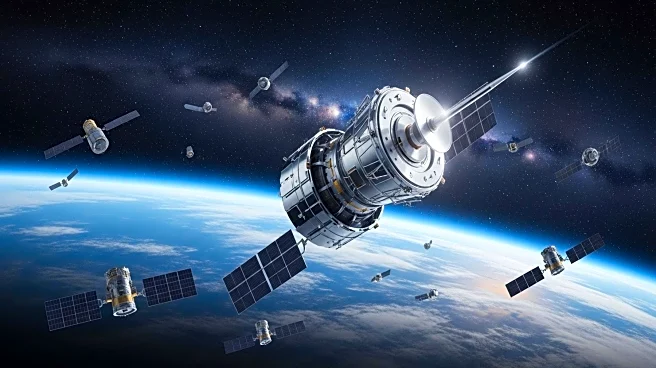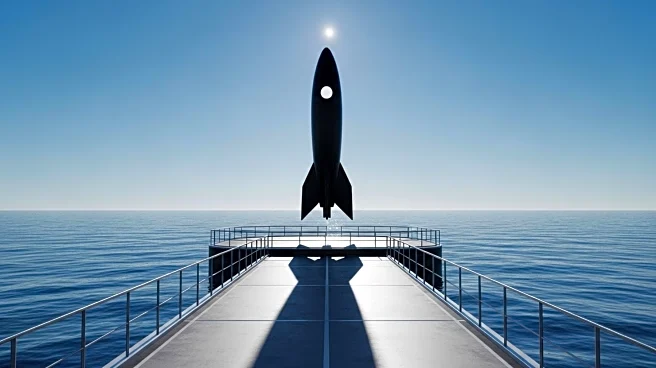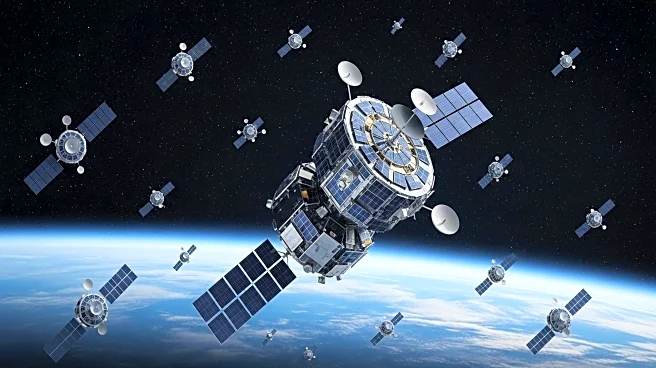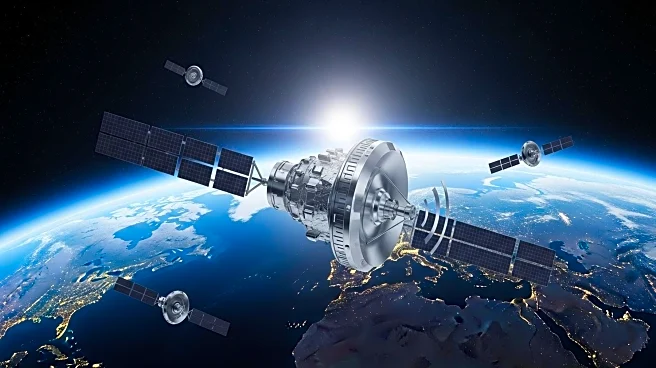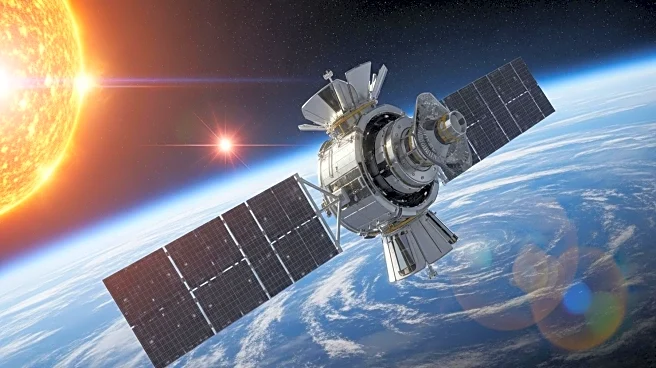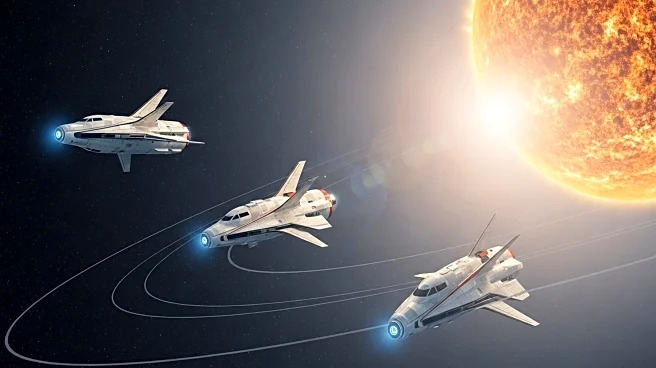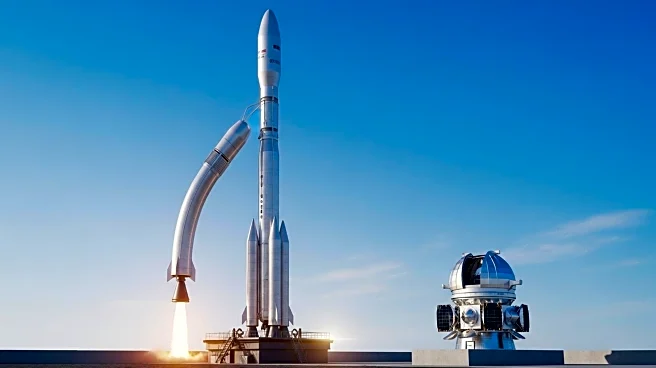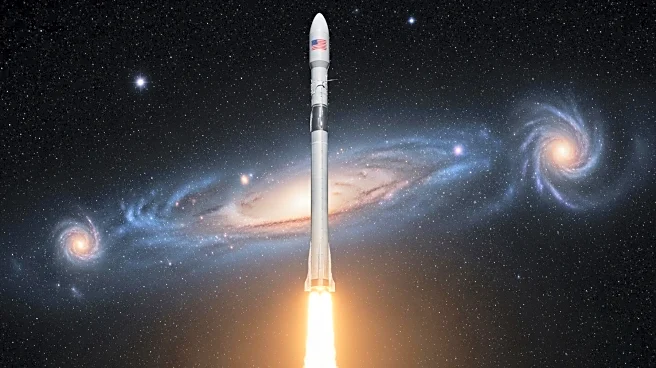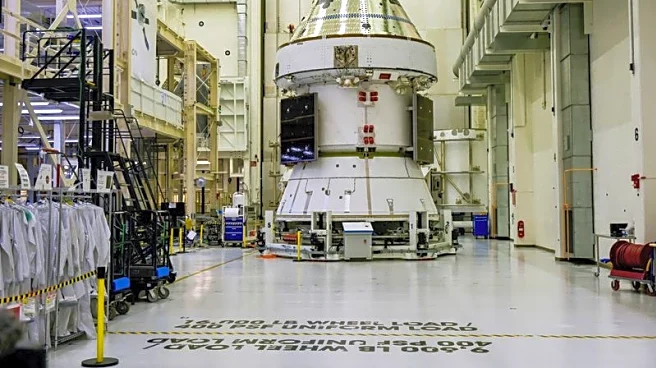What's Happening?
SpaceX successfully launched 28 Starlink satellites from Cape Canaveral, Florida, marking its 86th Starlink mission of the year. The Falcon 9 rocket, equipped with a first-stage booster that has flown 22 times, deployed the satellites into low Earth orbit. This launch is part of SpaceX's ongoing efforts to expand its Starlink internet constellation, which now consists of over 8,400 satellites. The Starlink network aims to provide high-speed internet globally, including remote and underserved areas. SpaceX's rapid launch cadence has set new records in the aerospace industry, with 119 Falcon 9 launches conducted in 2025 alone.
Why It's Important?
The expansion of the Starlink constellation is significant for global internet connectivity, offering high-speed, low-latency service to areas lacking traditional infrastructure. SpaceX's ability to reuse rocket boosters has revolutionized the launch industry, reducing costs and increasing launch frequency. This has positioned SpaceX as a leader in satellite internet services, challenging traditional telecom providers and prompting competitors like Amazon and OneWeb to accelerate their own satellite networks. The growing Starlink network also plays a crucial role in emergency communications, as demonstrated in conflict zones and disaster-stricken areas.
What's Next?
SpaceX plans to continue its aggressive launch schedule, with the potential to exceed 130 launches by the end of 2025. The company is preparing to deploy larger Starlink V2 satellites using its Starship rocket, which could further enhance network capacity and introduce direct-to-cell connectivity. As competition in the satellite internet market intensifies, SpaceX's advancements may drive innovation and lower costs, benefiting consumers worldwide. Regulatory and environmental considerations will also be crucial as the number of satellites in orbit increases.
Beyond the Headlines
The rapid expansion of satellite constellations raises concerns about space debris and the impact on astronomical observations. SpaceX has implemented measures to reduce satellite brightness and improve collision avoidance, but ongoing collaboration with scientists and regulators is necessary to address these challenges. The global race for satellite internet dominance highlights geopolitical implications, with countries like China and Russia developing their own networks to ensure communications independence.

